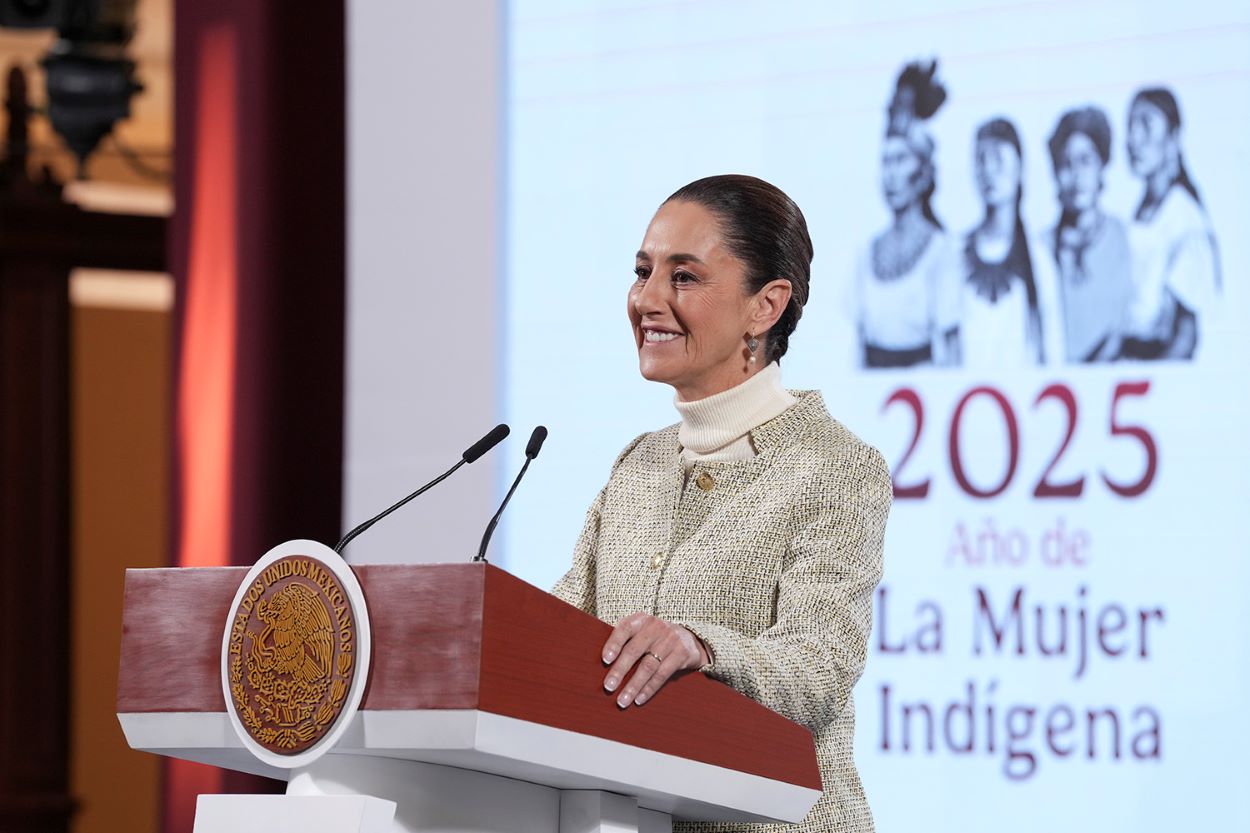Mexican President Unveils Long-awaited Energy Reform
Mexican President Unveils Long-awaited Energy Reform
Enrique Peña Nieto presented the plan on August 12, including constitutional changes that pave the way for increased private investment in Pemex.
On August 12, more than eight months after the Mexican government launched a far-reaching reform agreement, President Enrique Peña Nieto presented what is arguably the most highly anticipated and polemical areas of that package: energy reform. The president outlined 10 areas of change for state oil firm Pemex and the Federal Electricity Commission (CFE). But perhaps most notable is the president’s proposal to change language in Article 27 of the Constitution and allow private firms to gain access to profit-sharing (but not production-sharing) energy contracts. Given the contentious nature of private-sector involvement in the national energy sector, will Peña Nieto succeed in passing a reform where his predecessors failed? While the reform faces opposition from the left-leaning Democratic Revolution Party (PRD), Peña Nieto’s Institutional Revolutionary Party (PRI) could have the congressional votes it needs with the aid of an alliance with the right-leaning National Action Party (PAN).
There is one area in which all three major parties are in agreement: Mexico’s energy sector is in need of change. The country is one of the top 10 global oil producers, with that sector accounting for 34 percent of government revenues in 2011. But production has been declining for the past eight years, leading the government to warn that Mexico could become an oil importer by 2018.
Before Peña Nieto’s reform announcement, Energy Secretary Joaquín Coldwell argued that, even as oil production falls, electricity costs are rising and that turning the tide on production requires investment in exploration and refinement. “Undertaking these costly projects requires capital, technology, and knowledge,” he said. “We need to associate ourselves with those who have it.”
Despite stark figures, energy reform has been easier said than done in a country where public ownership of the sector is a point of pride. President Lázaro Cárdenas nationalized the oil industry on March 18, 1938—a date still commemorated as a Mexican holiday. By 1940, Article 27 of the Constitution barred hydrocarbon concessions. In 1960, Congress added language that made resource ownership “vested in the nation.” A survey commissioned by Mexico’s Chamber of Deputies and released last month found that 54 percent of Mexicans consider foreign investment in the energy sector as “an attack on national sovereignty.” But the same study shows that 56 percent of those polled consider energy reform to be necessary and 88 percent consider Pemex corrupt.
With an eye to sensitivities around national sentiment, Peña Nieto used careful language when unveiling his proposal, saying Pemex would remain “100 percent property of the nation.” His government has labeled the proposal “the reform of President Lázaro Cárdenas,” striking the language added in 1960 and returning that section of Article 27 to its original language—or what the revered president wrote “word for word.” The reform also proposed to restructure Pemex and improve transparency.
Still, former Mexico City Mayor and ex-presidential candidate for the PRD Andrés Manuel López Obrado already voiced his opposition to Peña Nieto’s proposal and promised to lead a September 8 protest against the energy reform. Although the PRD opposes changes that would involve constitutional reforms, Brookings Senior Fellow Diana Negroponte contends that the party lacks a unified reform position while the PRI appears to have the votes it needs in Congress to usher through the legislation. “We should anticipate that the López Obrador bronco will buck, but not for long,” she writes. “Peña Nieto will use the bully pulpit to persuade citizens that reform to [Pemex and the CFE] is essential for economic growth and jobs.”








